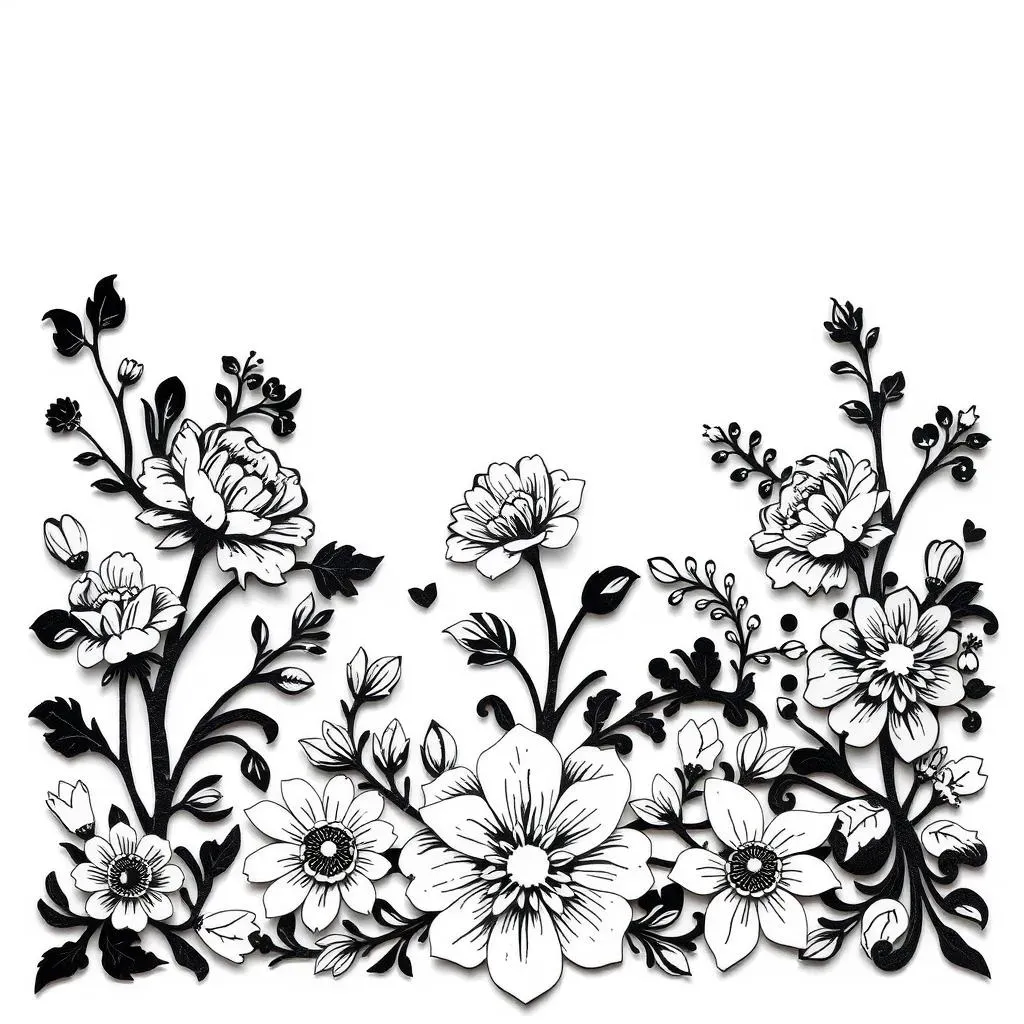Table of Contents
Have you ever marveled at the delicate beauty of a paper snowflake? Well, imagine that intricate artistry taken to a whole new level. That's essentially what German paper cutting, or "Scherenschnitte," is all about. This isn't just about snipping away at paper; it's a centuries-old craft, rich with history and tradition. Originating in Germany and Switzerland, this art form involves carefully cutting designs into paper using scissors or knives. It’s more than just a hobby; it’s a way of telling stories, creating stunning patterns, and connecting with a cultural heritage. This article will guide you through the fascinating world of Scherenschnitte. We'll explore its origins, techniques, and the unique role it plays in German and Pennsylvania German culture. We'll also show you how to get started with this captivating craft, so grab your scissors and let’s dive into the delicate world of german paper cutting!
The History of German Paper Cutting
The History of German Paper Cutting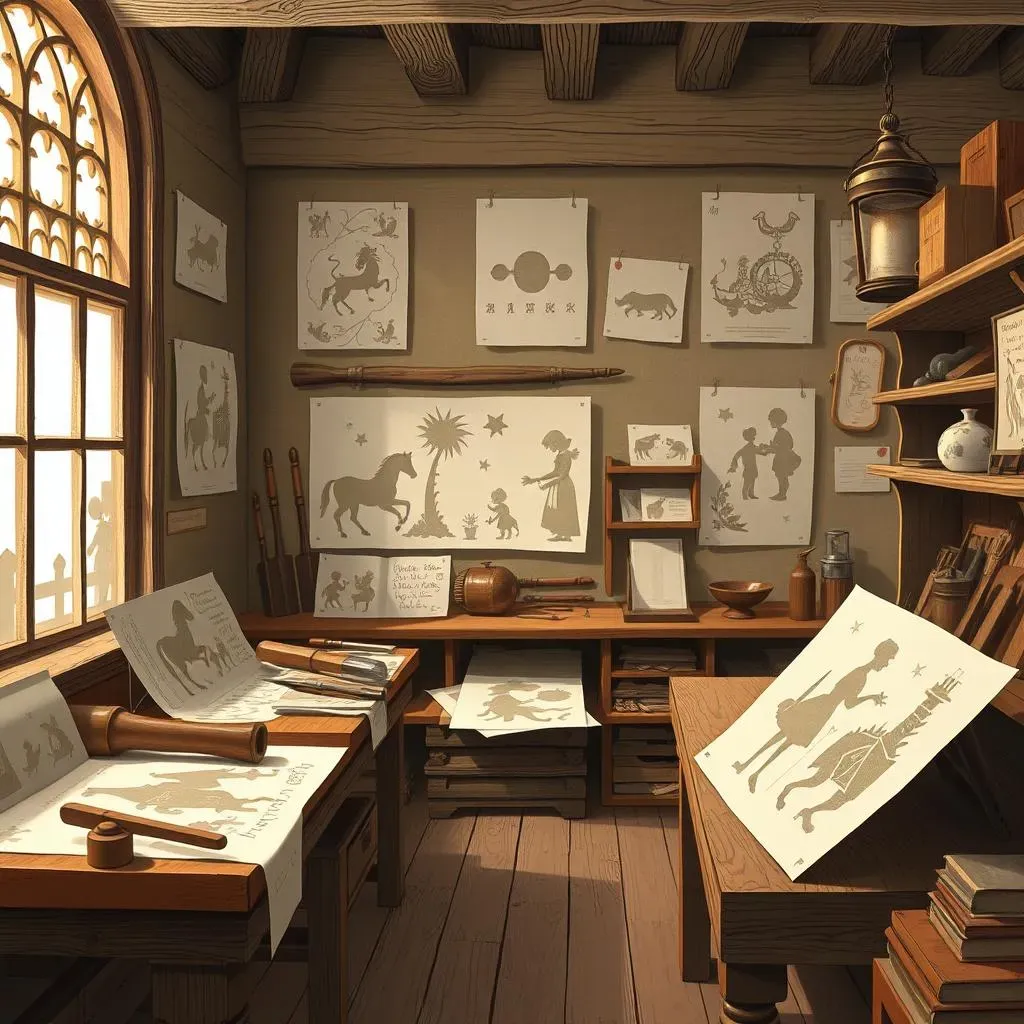
Okay, so you want to know where this whole German paper cutting thing started? Well, buckle up, because it's a bit of a journey back in time. Scherenschnitte, which literally means "scissor cuts" in German, wasn’t born yesterday. We're talking about a tradition that goes way back to the 16th century in Germany and Switzerland. Imagine a time before fancy printing presses, where folks had to get creative with the materials they had. Paper, being relatively cheap, became the perfect canvas for intricate designs. At first, it wasn't about art for art's sake. Many believe it started with guilds, using paper cuttings as patterns for leather or textiles. But as time went on, it evolved into an art form all its own, with people creating elaborate silhouettes, valentines, and even love letters. It's kind of cool to think that what started as a practical tool became a beautiful expression of creativity, don't you think?
Techniques and Tools for Scherenschnitte
Techniques and Tools for Scherenschnitte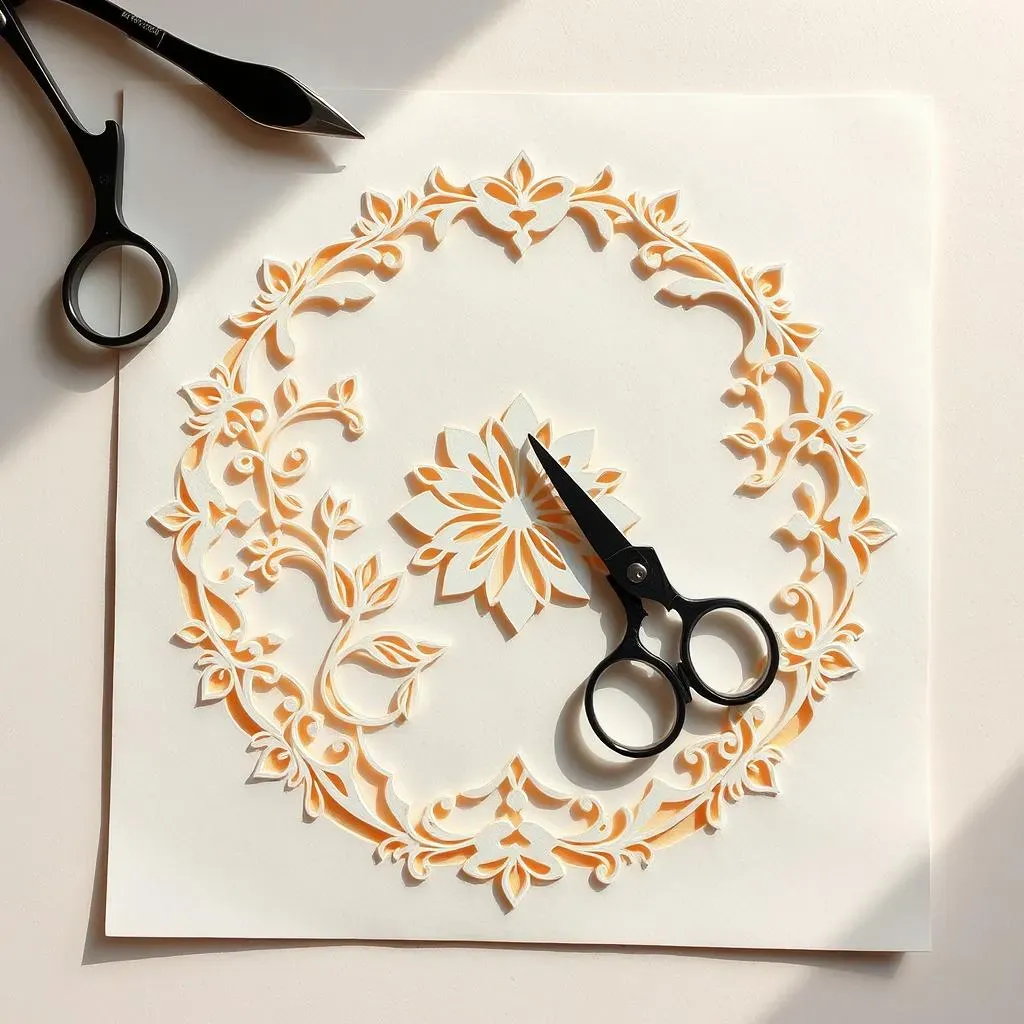
Alright, so you're hooked on the history, right? Now, let's talk about how the magic actually happens. It's not just about grabbing any old scissors and going to town. There's a bit more to it than that. First off, the paper. You'll want something that's not too flimsy but not too thick either. Think of the kind of paper you might use for a good quality printer, but a bit thinner. Then, there are the scissors. Forget those clunky safety scissors from elementary school. You need a pair with sharp, fine points. Some folks even use craft knives for the really detailed bits. And patience, my friend, that is the most important tool of all. Scherenschnitte is all about slow, deliberate cuts. It's not a race; it's a meditation. You're trying to make a design, not a mess. You need to turn the paper, not the scissors, to get those perfect curves. It's like dancing with paper, if that makes any sense.
Tool | Description | Why it's Important |
|---|---|---|
Fine-Point Scissors | Small scissors with sharp, pointed blades. | Allows for precise cuts and intricate details. |
Craft Knife | A sharp knife with a fine blade. | Great for straight lines and detailed work. |
Paper | Medium-weight paper that's not too flimsy or too thick. | Provides a good balance between durability and ease of cutting. |
Cutting Mat | A mat to protect your work surface. | Helps prevent damage to your table or desk. |
Pencil | For sketching out your designs before cutting. | Provides a guide for your cuts and helps you visualize the final result. |
Scherenschnitte: From Traditional Art to Modern Craft
Scherenschnitte: From Traditional Art to Modern Craft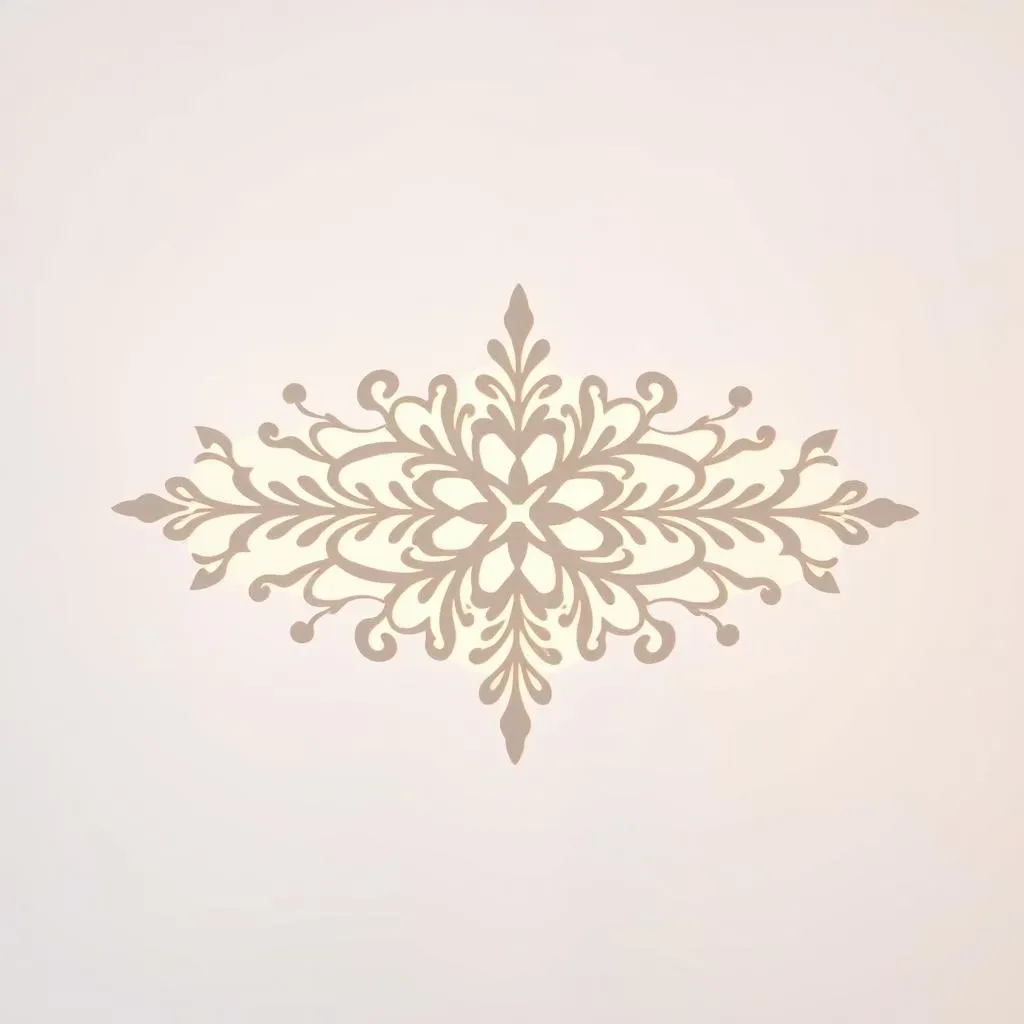
The Evolution of Scherenschnitte
So, how did this old-school craft make its way into the modern world? Well, it's not like Scherenschnitte just vanished when we got the internet. It's still around, just doing its thing with a bit of a twist. Back in the day, these paper cuttings were often used for practical purposes, like templates for other crafts or as decorations for special occasions. They were like the Pinterest boards of the past, inspiring everything from embroidery to furniture designs. Now, you see it popping up in all sorts of places. Artists are using it to create large-scale installations, and designers are incorporating it into textiles and packaging. It's like this old art form has found a second life, and it's pretty cool to watch it evolve.
Scherenschnitte in the 21st Century
What I find really interesting is how people are blending traditional techniques with modern ideas. You have artists who are sticking to the classic methods, using scissors and paper to create intricate, symmetrical designs. Then, you have others who are experimenting with digital tools, using laser cutters to make mind-blowing patterns. It's like the best of both worlds, right? Some folks are using Scherenschnitte to make unique greeting cards, while others are creating large-scale murals. And let’s not forget about the educational aspect. People are teaching classes and workshops, passing on this awesome art form to a new generation. It's proof that even the oldest crafts can stay relevant if people are willing to get creative with them.
Traditional Use | Modern Use |
|---|---|
Patterns for textiles and leather | Large-scale art installations |
Valentines and love letters | Unique greeting cards |
Home decorations | Textile and packaging design |
Templates for other crafts | Digital art and laser-cut designs |
Passed down through families | Workshops and educational programs |
Exploring the Different Styles and Motifs of German Paper Cutting
Exploring the Different Styles and Motifs of German Paper Cutting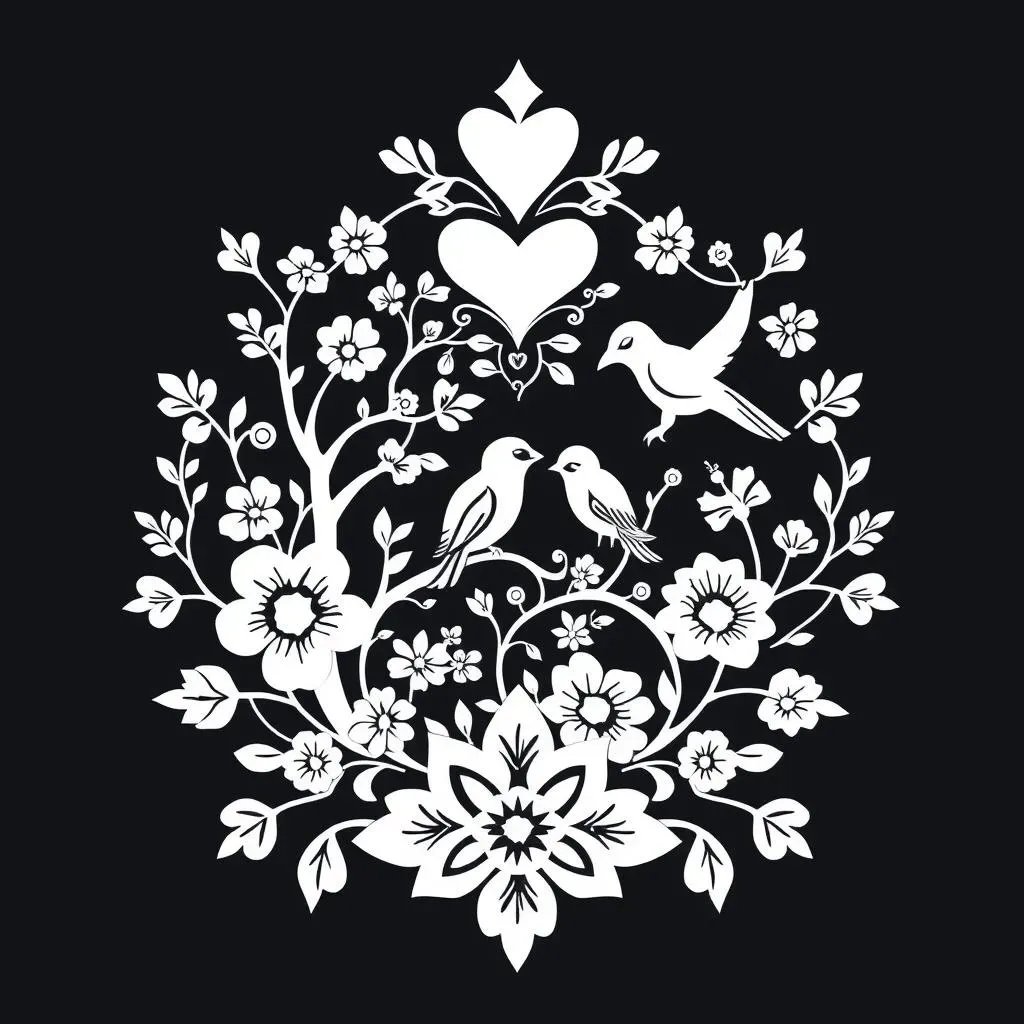
Regional Variations in Scherenschnitte
Okay, so you've got the basics down, but did you know that German paper cutting isn't just one thing? It's like pizza; everyone has their own way of making it. There are regional differences that make each style unique. For instance, the paper cutting from the Black Forest region often features elaborate floral designs and nature scenes. It's like a tiny forest captured in paper. Then you have the styles from other areas, which might lean more towards geometric patterns or religious symbols. It's almost like each region had its own secret recipe for paper cutting. These variations aren't just random; they often reflect the local culture, beliefs, and even the kind of flora and fauna that were common in the area. I think that's why I find this craft so interesting, it has so many stories to tell.
Common Motifs and Their Meanings
Let's talk about the things you often see in Scherenschnitte. You'll notice a lot of hearts, flowers, birds, and geometric shapes. These aren't just random doodles; they often carry symbolic meanings. Hearts, of course, represent love, while flowers often symbolize growth and beauty. Birds can represent freedom or messages. Geometric patterns, on the other hand, may have more abstract, spiritual meanings. Some of the patterns were also meant to ward off bad luck or bring good fortune. What's cool is that these motifs aren't just German, you often see them across different cultures and paper cutting traditions. So, when you see a particular design, it's fun to think about what it might have meant to the person who created it. It's like reading a secret language written in paper.
Motif | Symbolism |
|---|---|
Hearts | Love, affection |
Flowers | Growth, beauty, nature |
Birds | Freedom, messages, spirituality |
Geometric Patterns | Harmony, balance, abstract concepts |
Stars | Guidance, hope |
Scherenschnitte in Pennsylvania German Culture
Scherenschnitte in Pennsylvania German Culture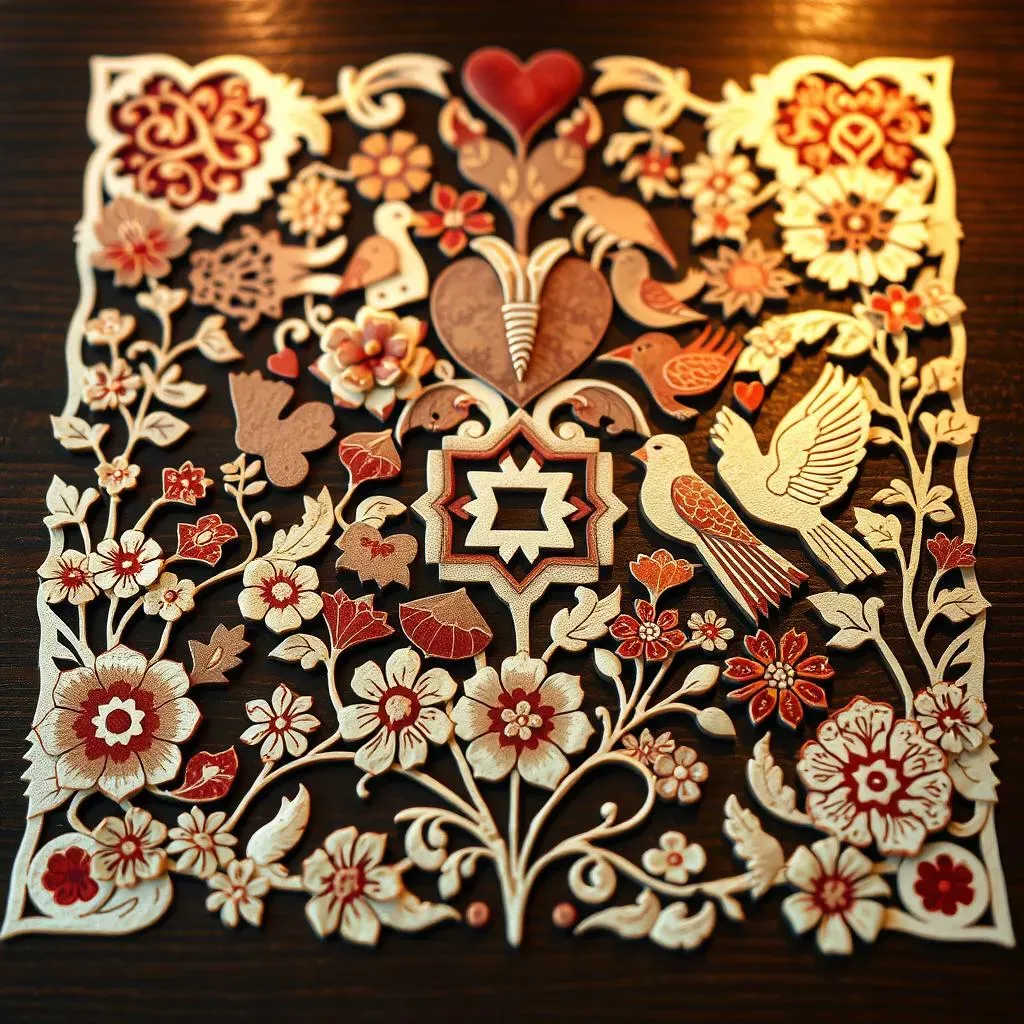
So, you know how Scherenschnitte started in Europe? Well, it didn't just stay there. When German and Swiss immigrants came to America in the 18th century, they brought their traditions with them, including this awesome paper cutting art. These folks, mostly settling in Pennsylvania, became known as the Pennsylvania Dutch (even though they were actually German). They used Scherenschnitte to decorate their homes, create special gifts, and celebrate holidays. It wasn't just some random craft; it was a way of keeping their cultural heritage alive in a new land. The designs often featured elements that reflected their new lives, mixing old-world traditions with new-world experiences. It's like they were writing their story with scissors and paper, which is pretty cool if you ask me.
What’s really interesting is how Scherenschnitte became integrated into other aspects of Pennsylvania German culture. You’d see paper cuttings on birth certificates, marriage certificates, and even as decorations on furniture. It wasn't just something you hung on the wall; it was a part of everyday life. Some of the designs also featured symbols that were specific to their community. For example, you might find images of hex signs, which were believed to protect against evil spirits. Scherenschnitte became a way for the Pennsylvania Germans to express their identity, beliefs, and values. It’s like they took this old-world art form and made it their own, creating something that was both beautiful and deeply meaningful. They were definitely making their mark, one snip at a time.
Cultural Aspect | How Scherenschnitte Was Used |
|---|---|
Home Decoration | Paper cuttings displayed on walls and furniture. |
Special Occasions | Used to decorate birth and marriage certificates. |
Gifts | Created as special presents for loved ones. |
Religious Expression | Incorporated religious symbols and motifs. |
Cultural Identity | A way to preserve and express their heritage. |
How to Get Started with German Paper Cutting
How to Get Started with German Paper Cutting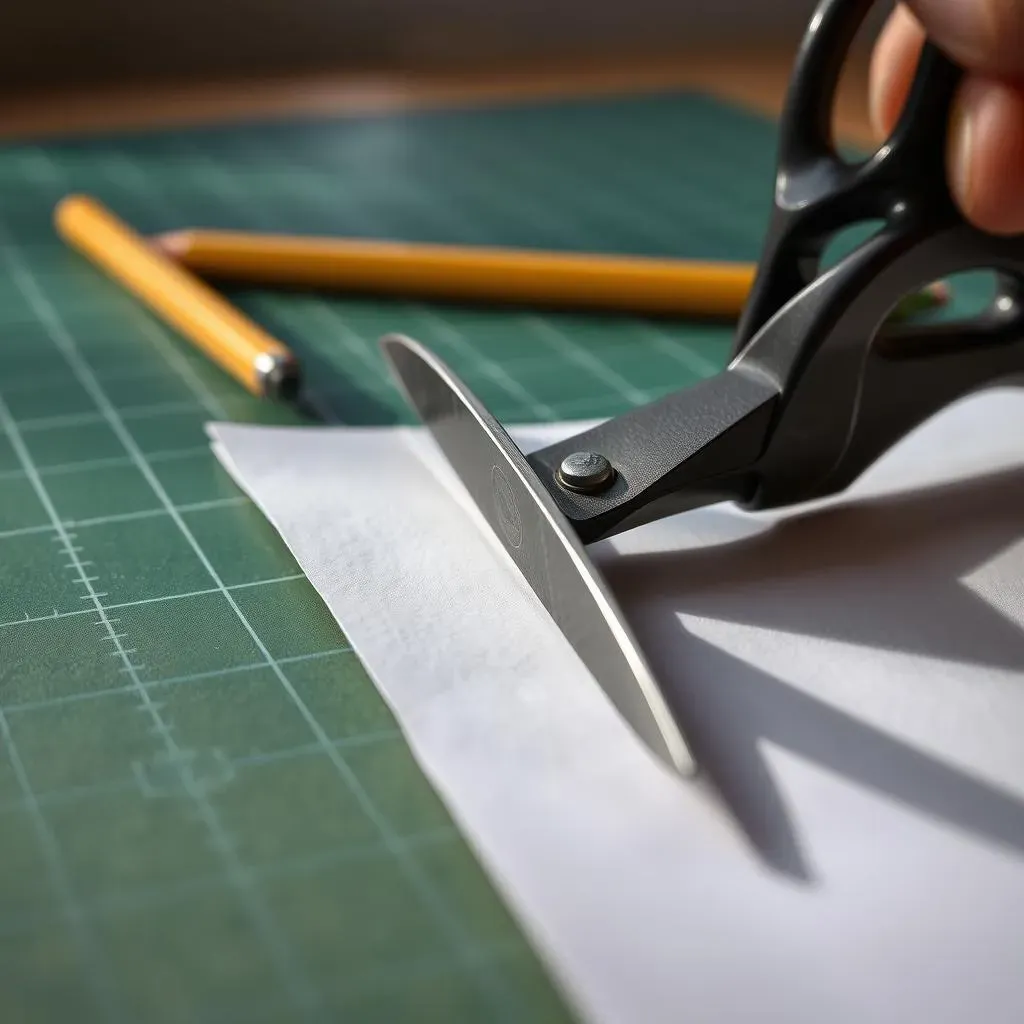
Gathering Your Supplies
Okay, so you're ready to try your hand at German paper cutting? Awesome! First things first, let's get you set up with the right gear. You don't need a ton of fancy equipment to start, which is great. Think of it like baking, you need the right ingredients to make a good cake. You'll need some decent paper. I'd recommend starting with something like printer paper or a bit thinner. You'll also need a good pair of scissors with sharp, fine tips. Nail scissors can work in a pinch, but craft scissors designed for paper cutting are a game-changer. A craft knife can be helpful for super detailed bits but start with scissors. Don't forget a cutting mat to protect your table and a pencil for sketching your designs. That's pretty much it to begin with! It's not a huge investment to get started and that's what I love about it.
Your First Cuts
Now that you've got your tools, let's get cutting. The best way to start is with simple designs. Think basic shapes, like hearts, stars, or simple flowers. Don’t jump into crazy patterns right away. The key to good Scherenschnitte is turning the paper, not the scissors. This will give you smooth, clean cuts. Practice making different types of cuts—straight lines, curves, and small notches. It might feel a bit awkward at first, but don't worry; that’s totally normal. It’s like learning a new dance, you need to get the hang of the steps. The more you practice, the more confident you’ll become. Just remember, patience is key. This isn't a race; it's about enjoying the process of creating something beautiful with your own hands. If you mess up, don't worry! It's just paper, and you can always try again.
Step | Action | Tip |
|---|---|---|
1 | Gather Supplies | Use medium-weight paper, sharp scissors, and a cutting mat. |
2 | Start with Simple Designs | Practice basic shapes like hearts, stars, and flowers. |
3 | Turn the Paper, Not the Scissors | Rotate the paper to make smooth, clean cuts. |
4 | Practice Different Cuts | Try straight lines, curves, and small notches. |
5 | Be Patient | Take your time and enjoy the process. |
Resources and Inspiration for German Paper Cutting Enthusiasts
Resources and Inspiration for German Paper Cutting Enthusiasts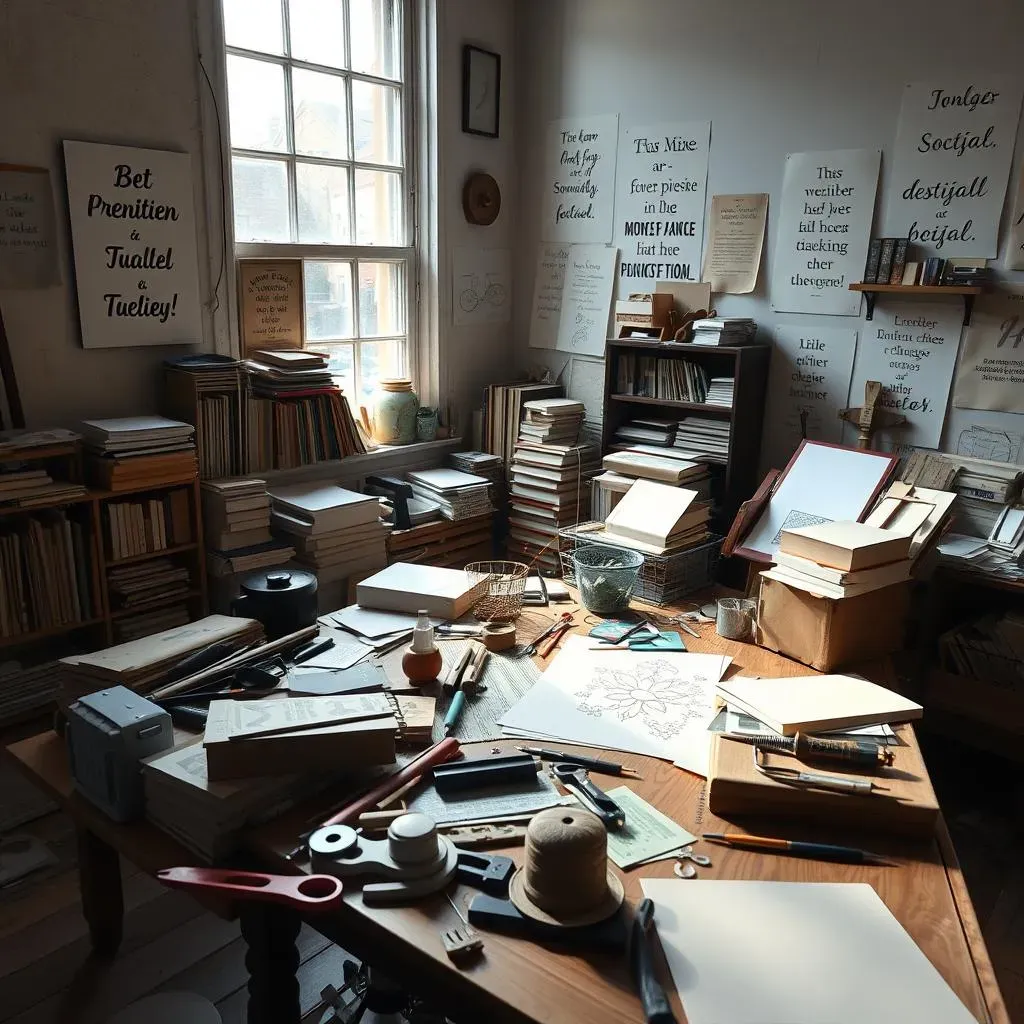
Books and Online Communities
Alright, so you're officially hooked on German paper cutting, and you're probably wondering where to go next, right? Well, the good news is that there's a whole world of resources out there for us Scherenschnitte enthusiasts. If you're into old-school learning, there are some awesome books that go deep into the history, techniques, and different styles of this art form. These books often include detailed instructions and pattern templates. But, if you prefer learning online, you're in luck too! There are tons of websites and online communities where you can connect with other paper-cutting artists, share your work, and get inspired by what others are doing. It's like having a global classroom right at your fingertips, which is pretty amazing if you ask me.
I also find that looking at different artist's work can be a great way to spark your own creativity. It’s cool seeing how other people interpret the same techniques and how they put their own spin on it. There are some real masters of Scherenschnitte out there, and following their work can be a great learning experience. You can find them on social media, online galleries, and even in museums. So, whether you're a bookworm or a digital native, there's no shortage of ways to learn more and connect with fellow paper-cutting fans. The key is to explore and find what works best for you.
Resource Type | Description | Where to Find |
|---|---|---|
Books | Detailed guides on history, techniques, and styles. | Libraries, bookstores, online retailers |
Online Communities | Forums and social media groups for sharing and learning. | Facebook, Reddit, specialized art forums |
Artist Websites | Portfolios of contemporary and traditional artists. | Personal websites, online galleries |
Museums | Exhibits showcasing historical and modern paper cuttings. | Local and national museums with folk art collections |
Workshops | Hands-on classes for learning techniques. | Local craft stores, art centers |
Finding Inspiration and Developing Your Style
So, you've soaked up all the knowledge and you're ready to get cutting, but maybe you're feeling a bit stuck on what to create, right? That's where inspiration comes in. Look around you; inspiration is everywhere. Nature, architecture, patterns in textiles, all of these can be starting points for your own Scherenschnitte designs. Don't be afraid to experiment and try different things. Maybe you start with a traditional design and then add your own twist. Or maybe you try something completely new. The key is to keep practicing and keep pushing yourself. It's like a muscle; the more you use it, the stronger it gets. Don't be afraid to make mistakes. They're part of the learning process. The more you cut, the more you'll start to develop your own unique style. You'll find the techniques and designs that you like best. Just remember, it's about expressing yourself through paper, so have fun with it!
Developing your own style is like finding your voice in a choir. You might start by mimicking others, but eventually, you discover what makes your voice unique. It's the same with Scherenschnitte. You might start by copying traditional patterns, but over time, you'll find your own way of expressing yourself. Maybe you love incorporating geometric shapes, or maybe you're all about floral designs. It's all about finding what resonates with you and what makes your work stand out. Don't be afraid to push the boundaries and try new things. The world of paper cutting is vast and full of possibilities. So, go out there and create something amazing!
- Explore nature for organic shapes and patterns.
- Look at architecture for geometric inspiration.
- Study textile designs for repeating motifs.
- Experiment with different paper types.
- Try various cutting techniques.
- Don't be afraid to make mistakes.
- Develop your own unique style.
